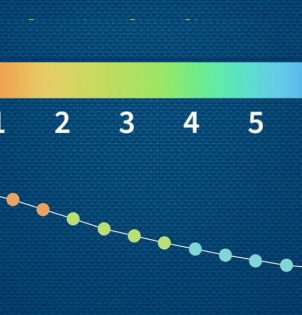References
[1] PRB, Abortion Facts and Figures 2021 (Washington, DC: PRB, 2021).
[2] World Health Organization (WHO), “Abortion,” Nov. 25, 2021.
[3] WHO, “Preventing Unsafe Abortion” (2019).
[4] WHO, “Preventing Unsafe Abortion.
[6] Katherine Korsmit et al., “Abortion Surveillance—United States, 2019,” Surveillance Summaries 70, no. 93 (2021): 1-29.
[7] Bela Ganatra et al., “Global, Regional, and Subregional Classification of Abortions by Safety, 2010-14: Estimates From a Bayesian Hierarchical Model,” The Lancet 390, no. 10110 (2017).
[9] Susheela Singh et al., Abortion Worldwide 2017: Uneven Progress and Unequal Access (New York: Guttmacher Institute, 2018).
[10] PRB, “Black Women Over Three Times More Likely to Die in Pregnancy, Postpartum Than White Women, New Research Finds,” Dec. 6, 2021.
[11] Amanda Jean Stevenson, “The Pregnancy-Related Mortality Impact of a Total Abortion Ban in the United States: A Research Note on Increased Deaths Due to Remaining Pregnant,” Demography (2021).







